
SETTING THE RISING SUN
STACKPOLE
BOOKS
Published by Stackpole Books
An imprint of The Rowman & Littlefield Publishing Group, Inc.
4501 Forbes Blvd., Ste. 200
Lanham, MD 20706
www.rowman.com
Distributed by NATIONAL BOOK NETWORK
800-462-6420
Copyright 2019 by Kevin A. Mahoney
All photographs courtesy of National Archives and Records Administration (NARA)
Maps created by the author
All rights reserved. No part of this book may be reproduced in any form or by any electronic or mechanical means, including information storage and retrieval systems, without written permission from the publisher, except by a reviewer who may quote passages in a review.
British Library Cataloguing in Publication Information available
Library of Congress Cataloging-in-Publication Data available
Names: Mahoney, Kevin A., author.
Title: Setting the rising sun : Halseys aviators strike Japan, summer 1945 / Kevin A. Mahoney.
Other titles: Halseys aviators strike Japan, summer 1945
Description: Guilford, Connecticut : Stackpole Books, [2019] | Includes bibliographical references and index.
Identifiers: LCCN 2018050357 (print) | LCCN 2018050724 (ebook) | ISBN 9780811768429 | ISBN 9780811738422 (hardcover)
Subjects: LCSH: World War, 1939-1945CampaignsJapan. | World War, 1939-1945Aerial operations, American. | Halsey, William F. (William Frederick), 1882-1959. | Aircraft carriersUnited StatesHistory20th century. | World War, 1939-1945Naval operations, American.
Classification: LCC D767.2 (ebook) | LCC D767.2 .M2354 2019 (print) | DDC 940.54/252dc23
LC record available at https://lccn.loc.gov/2018050357
 The paper used in this publication meets the minimum requirements of American National Standard for Information SciencesPermanence of Paper for Printed Library Materials, ANSI/NISO Z39.48-1992.
The paper used in this publication meets the minimum requirements of American National Standard for Information SciencesPermanence of Paper for Printed Library Materials, ANSI/NISO Z39.48-1992.
Printed in the United States of America
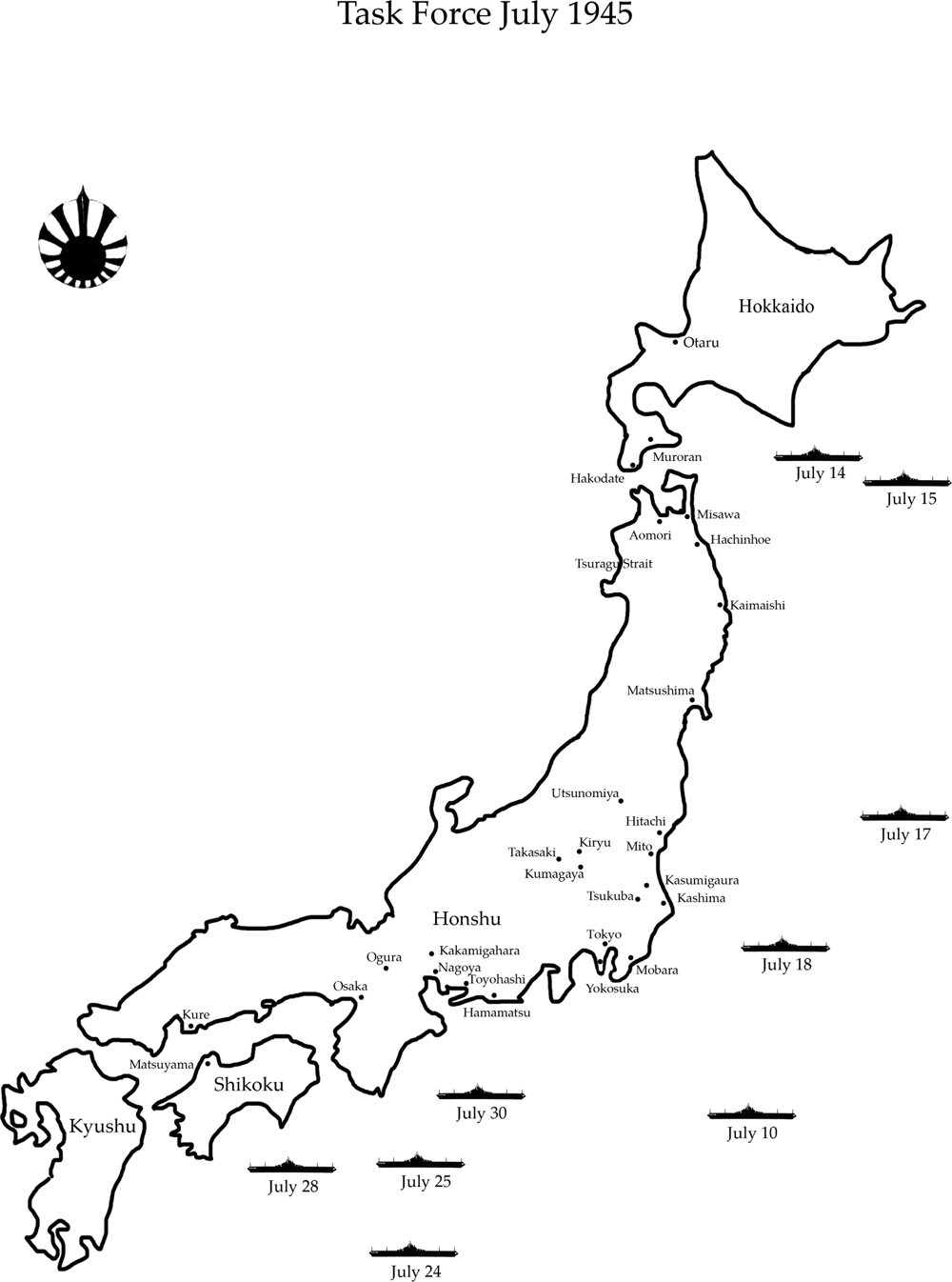
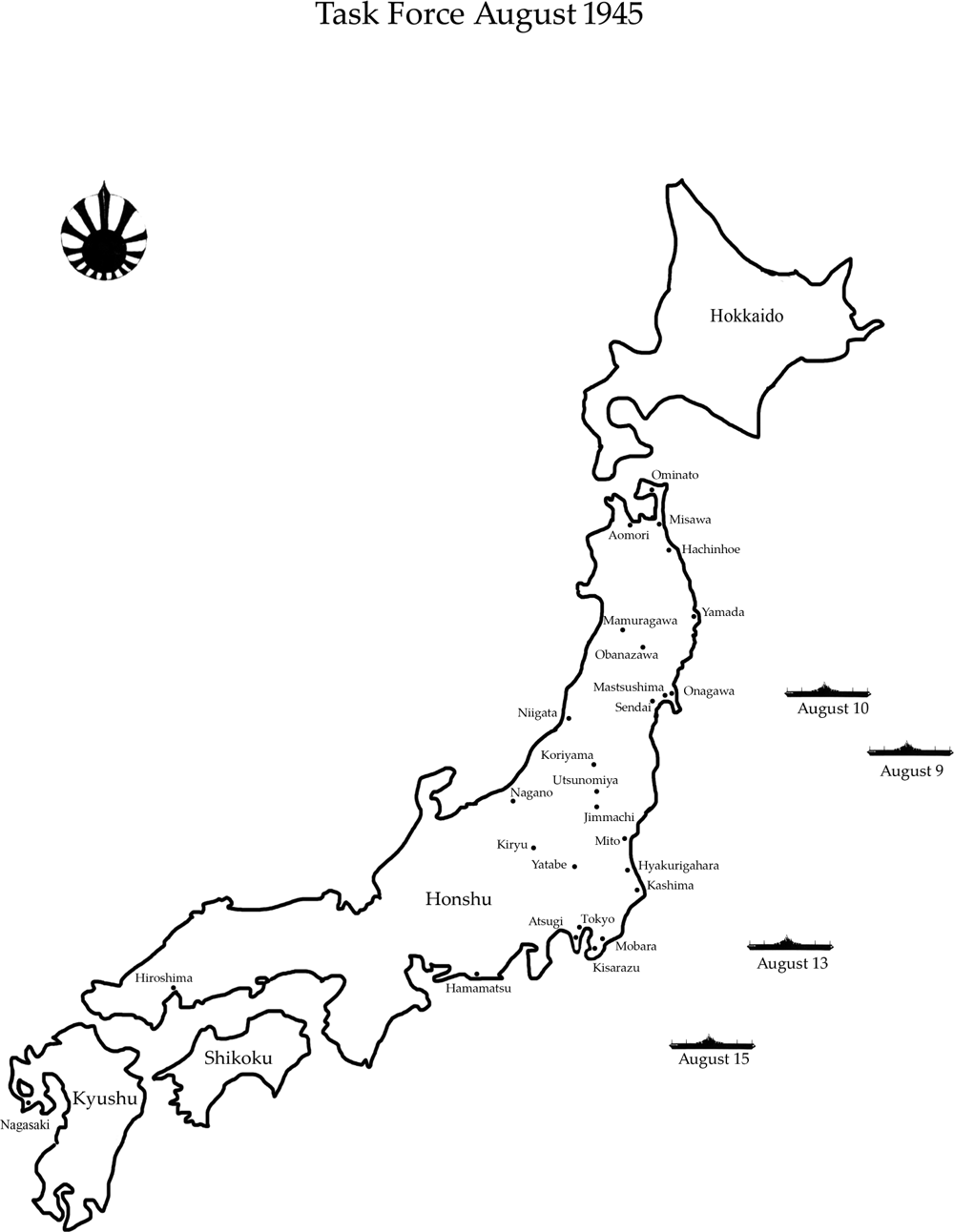
PREFACE
Research for this book began ten years ago at the National Archives, College Park, MD, and the Archive of the Naval Historical Center in Washington, DC. The prospect of reviewing thousands of pages in hard copy in the poorly managed Main Research Room, or on microfilm in the antiquated Microfilm Research Room, at Archives II led me to write two other books first. Fortunately, the website Fold3.com digitized the micro-film of the War Diaries and placed them online, making research for this book feasible and efficient. In addition, archivists Michael Rhodes and Timothy Duskin at the Naval History and Heritage Command provided invaluable assistance for the completion of this book.
Obviously not all the combat missions flown by carrier-borne aircraft over the Japanese Home Islands during the last month of World War II are described in this book. An effort has been made, however, to include all those missions during which an aircraft was lost. The Aircraft Action Reports in the War Diaries, the main source for this book, often refer to the men involved in these actions by their initials and last name, or last name only. To completely identify these airmen, a variety of sources have been consulted to determine their first names, with success with all but a handful.
May 2018
Chapter One
SOON AFTER 6:00 AM ON DECEMBER 7, 1941, EIGHTEEN DAUNTLESS dive-bombers from Scouting Squadron 6 took off from the aircraft carrier USS Enterprise , located 200 miles west of the island of Oahu, to patrol the waters west of Hawaii before landing at Ford Island, in the middle of Pearl Harbor, later that morning. At about the same time, Japanese fighters, bombers, and torpedo planes were taking off from six Japanese carriers 200 miles north of Oahu to attack the American fleet anchored in Pearl Harbor.
The American aircraft flew in pairs to patrol different sectors of the patrol area. The commander of the aircraft on the Enterprise , Lieutenant Commander Howard Young, flew with Ensign Perry Teaff. Both Dauntlesses completed their patrol and flew over Oahu on the way to Ford Island. As they flew past Ewa Field, about twenty-five minutes after the Japanese began the attack on Pearl Harbor, they saw a number of aircraft over the field and assumed they were Army Air Force planes. Shortly thereafter, however, a fighter attacked Teaff s Dauntless. The [enemy] plane pulled up directly astern of me.... At about seventy-five feet he opened fire. The Japanese pilot hit neither Teaff nor his radioman, but the Dauntless collected a number of machine-gun holes. As the Zero turned to make another attack, Teaff turned and his radioman fired a burst at the enemy, dissuading the Zero from making a second run on their plane. The enemy flew past them and attacked Lieutenant Commander Youngs plane.
Young had just noticed antiaircraft fire over Pearl Harbor when the Zeros cannon and machine-gun fire began to hit his plane, from the rear. He recognized the large red circle insignia on the Zeros fuselage and dove for the ground, jinking back and forth to throw off the enemy pilots aim. The evasive action succeeded and he hugged the ground as he continued to Ford Island, under constant American antiaircraft fire as the defenders were firing at anything in the air. Young could not contact the tower at Ford Island, then under attack by Japanese dive-bombers and strafing fighters, so he landed without permission, as did Ensign Teaff. Machine-gun fire had holed both Dauntlesses. Thirteen of the eighteen SBDs dispatched from the Enterprise eventually reached Ford Island that day, some after considerable adventures.
Ensign Eugene Roberts flew with Ensign Edward Deacon. As Roberts passed over Barbers Point, he saw a flight of green planes with red insignia and one waggled its wings as it went past. He continued on toward Ford Island, but while passing over Fort Weaver, antiaircraft guns began to fire, hitting Deacons Dauntless. Fuel began to stream from a wing and the engine began to smoke as Roberts immediately sought safety on the ground. He landed at nearby Hickam Field, shortly before the second wave of the Japanese attack began and his rear-seat man, AMM1c D. H. Jones, remained in the rear seat of the Dauntless after landing and fired his .30 caliber machine gun at the attackers until his ammunition ran out.
As Deacon passed over Barbers Point, he heard another Dauntless pilot, Ensign Manuel Gonzalez, shout over their radio frequency: Dont shootNavy plane! He immediately charged his guns and headed for Ford Island. Spotting Japanese planes as they came off the attack on Pearl Harbor, he flew near the ground and headed for Hickam Field. As he passed over Weaver Field, antiaircraft fire hit his Dauntless and the engine began to sputter. He was barely able to ditch, in a few feet of water, just off Hickam Field. American troops on the beach began to shoot at him, wounding his radio operator, RM3c Audrey Coslett, in the wrist and neck, and also grazing Deacon. He later reported: After landing I was under rifle fire and machine gun fire from the beach some two hundred yards away. The troops soon realized their error and stopped firing. Deacon used a radio cord as tourniquet on Cosletts arm, broke out the life raft, and helped the wounded man into it. He then began to paddle toward the shore, but a crash boat, stationed nearby, intercepted him. The boat landed them on a dock and both went to the Hickam hospital.
Next page


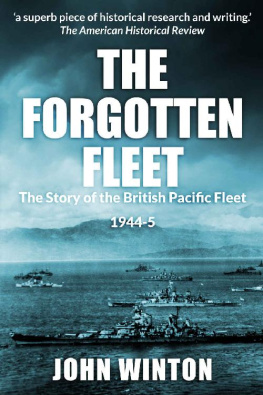
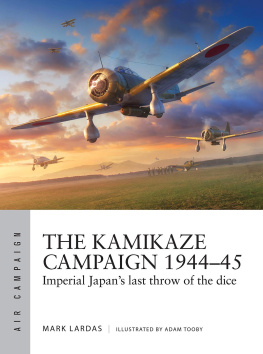

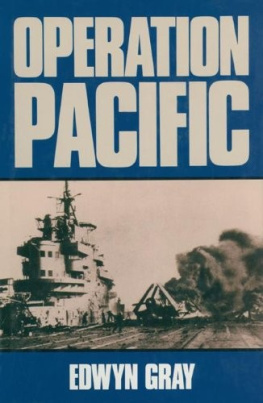

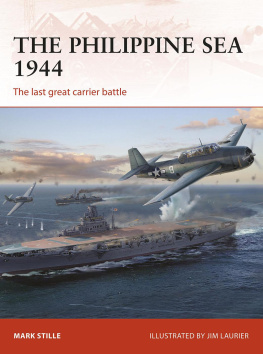


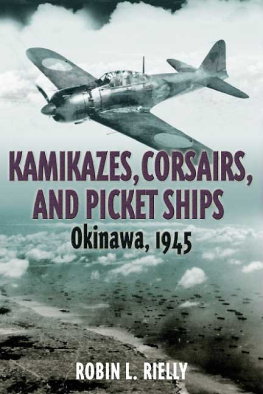


 The paper used in this publication meets the minimum requirements of American National Standard for Information SciencesPermanence of Paper for Printed Library Materials, ANSI/NISO Z39.48-1992.
The paper used in this publication meets the minimum requirements of American National Standard for Information SciencesPermanence of Paper for Printed Library Materials, ANSI/NISO Z39.48-1992.
